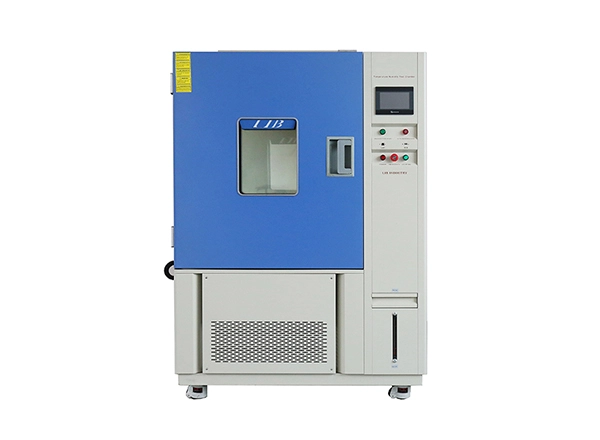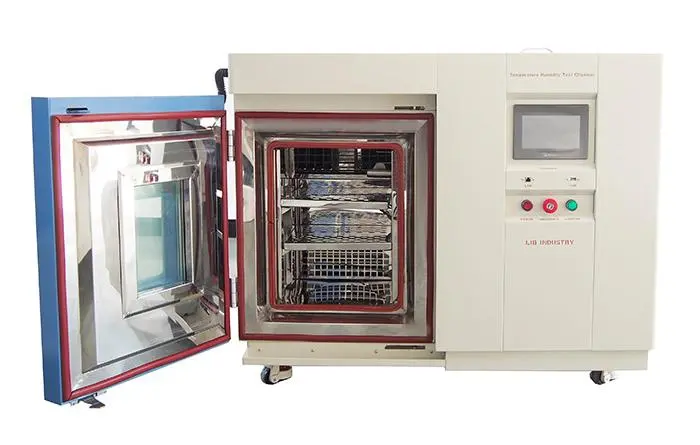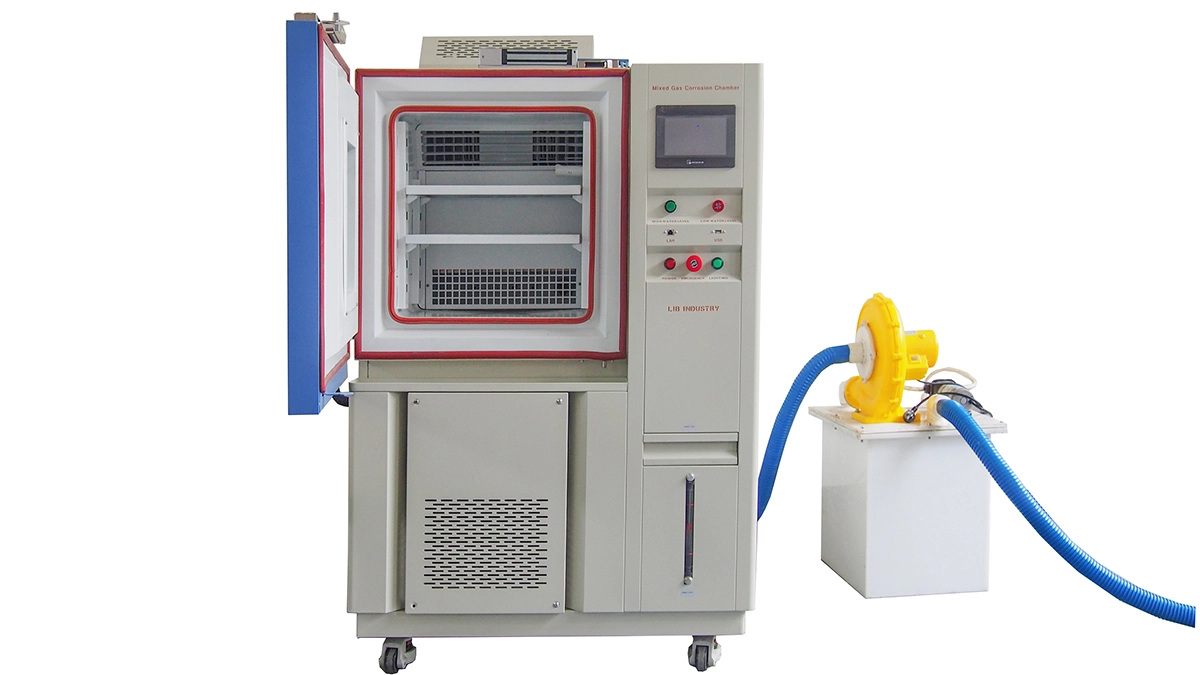


IP protection level is a standard that measures the ability of electronic equipment or test chambers to protect against solid particles and prevent liquid penetration. For the performance evaluation of dustproof and waterproof test chambers, the IP protection test method is an important tool. This article will introduce how to use the IP protection test method to evaluate the performance of a dust-proof and waterproof test chamber.
First of all, it is critical to understand the IP protection level. The IP rating consists of two numbers, the first number represents the level of protection against solid particles, and the second number represents the level of protection against liquid penetration. The higher the number, the stronger the protection capability.
Next, choose the appropriate testing method. According to the definition of IP protection level, we can choose the corresponding test method to evaluate the performance of the dustproof and waterproof test chamber. For the protection ability of solid particles, the dust protection test can be used. This testing method evaluates its protective capabilities by placing solid particles of different sizes into a dust test chamber and then observing whether the particles can enter the interior of the test chamber. For the protection ability of liquid penetration, the water spray test can be used. This test method sprays water onto the test box under different water pressures and observes whether water penetrates into the inside of the test box.
Before conducting the test, it is necessary to ensure that the test chamber is in normal working condition. You can check whether the seal is intact to ensure that it can effectively seal the inside of the test chamber. At the same time, make sure there is no debris and dirt inside the test chamber to avoid affecting the test results.
Before starting IP protection testing, a detailed testing plan and process need to be developed. First, determine the IP rating to be tested and ensure that the test equipment and instruments comply with relevant standards and specifications. Then, select the appropriate test method and test parameters according to the grade requirements, including dust level and water pressure. Determine test samples and sample quantities, and assign testing and observation tasks. Finally, record the time of the test, the results, and any other relevant information for subsequent analysis and comparison.
Start dust protection test. First, solid particles of different sizes and shapes are selected according to the selected dust level. Distribute these particles evenly outside and inside the test chamber, then close the test chamber and start the test. A timer can be used to record the duration of the trial. After the test is completed, open the test chamber and check whether any dust has entered inside. A microscope can be used to view the inside of the test chamber. Based on the observation results and actual test results, determine the protective capabilities of the test chamber.
Next, perform a water leaching test. Determine the required water pressure based on the selected liquid penetration level. Use suitable water spray equipment to spray water onto the test chamber at varying water pressures. According to the test requirements, the internal conditions of the test chamber can be observed at different time points during the test. After the test is completed, open the test chamber and check whether any water has penetrated inside. Hygrometers and other tools can be used to detect water infiltration and accumulation. Determine the protective capabilities of the test chamber based on actual test results and observation results.
After the test is completed, the test results are analyzed and compared. Based on the test results and actual requirements, evaluate whether the protective capabilities of the test chamber meet the requirements. If the protective capabilities are not up to standard, corresponding improvement measures and adjustments need to be made.
It should be noted that the IP protection test method is only a method to evaluate the performance of the test chamber, and the results may be affected by a variety of factors. In addition to IP protection level, other factors should also be considered, such as material quality, sealing performance, etc. Therefore, when conducting IP protection testing, it is also necessary to conduct a comprehensive evaluation in conjunction with other performance and actual application scenarios.
To sum up, using the IP protection test method to evaluate the performance of dustproof and waterproof test chambers is an effective way. By analyzing and comparing the test results, it is possible to evaluate whether the protective capabilities of the test chamber meet the requirements and take corresponding improvement measures. However, it should be noted that the IP protection test is only an evaluation method, and other factors need to be considered to comprehensively evaluate the performance of the test chamber. Before conducting testing, you need to understand the definition and requirements of IP protection level and develop a detailed test plan and process. At the same time, ensure that the test chamber is in normal working condition, check the seals and clean the internal debris. According to the selected IP level, select the appropriate dust and water spray test method, conduct the test and record the test results. Finally, the test results are analyzed and compared, and improvements and adjustments are made as necessary.
As one of leading environmental test chamber manufacturers, Xi'An lib environmental simulation industry offers a wide range of dust test chambers with different sizes and configurations to meet various test requirements. Our dust test chambers come with precise control for testing products' reliability, safety, and performance under harsh environments. We design and produce dust test chambers that comply with international standards to meet all our clients' needs.
 English
English русский
русский français
français العربية
العربية Deutsch
Deutsch Español
Español


